BOARD
PRESIDENT Nathalie BOLFAN-CASANOVA
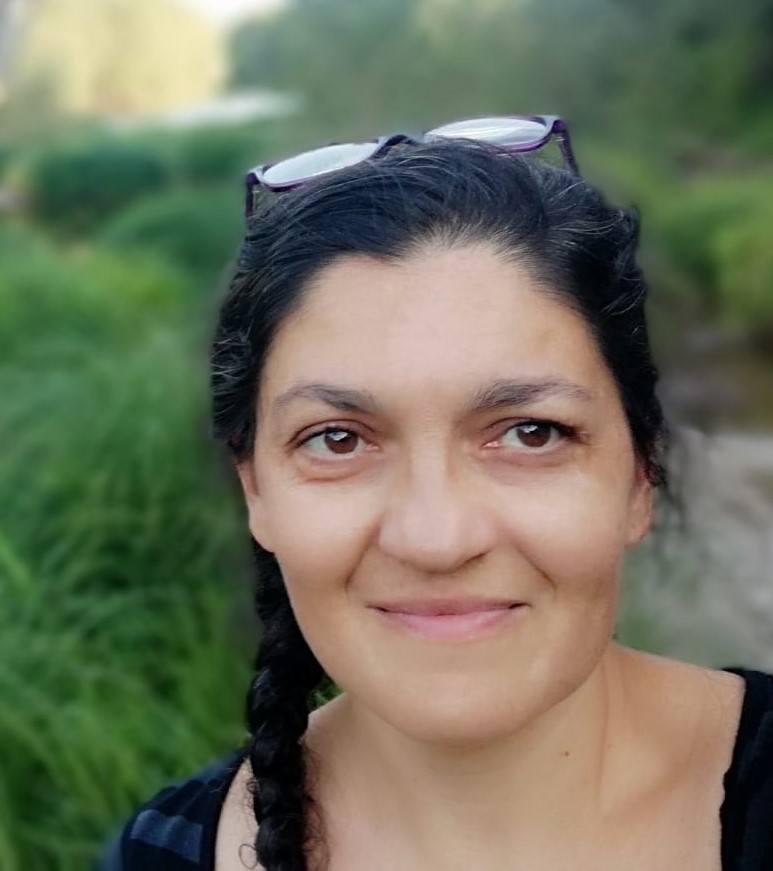
Nathalie Bolfan-Casanova is director at the CNRS within the Experimental Petrology Team of the Magmas and Volcanoes Laboratory (Clermont-Ferrand). She is an experimentalist who makes samples representative of the deep Earth and other planets in order to study the incorporation of point defects, such as hydrogen or ferric iron. She is an expert in high-pressure techniques, but has also been involved in developing various spectroscopic analysis methods (FTIR, Raman, XANES, ERDA).
VICE-PRESIDENT Fabrice GAILLARD
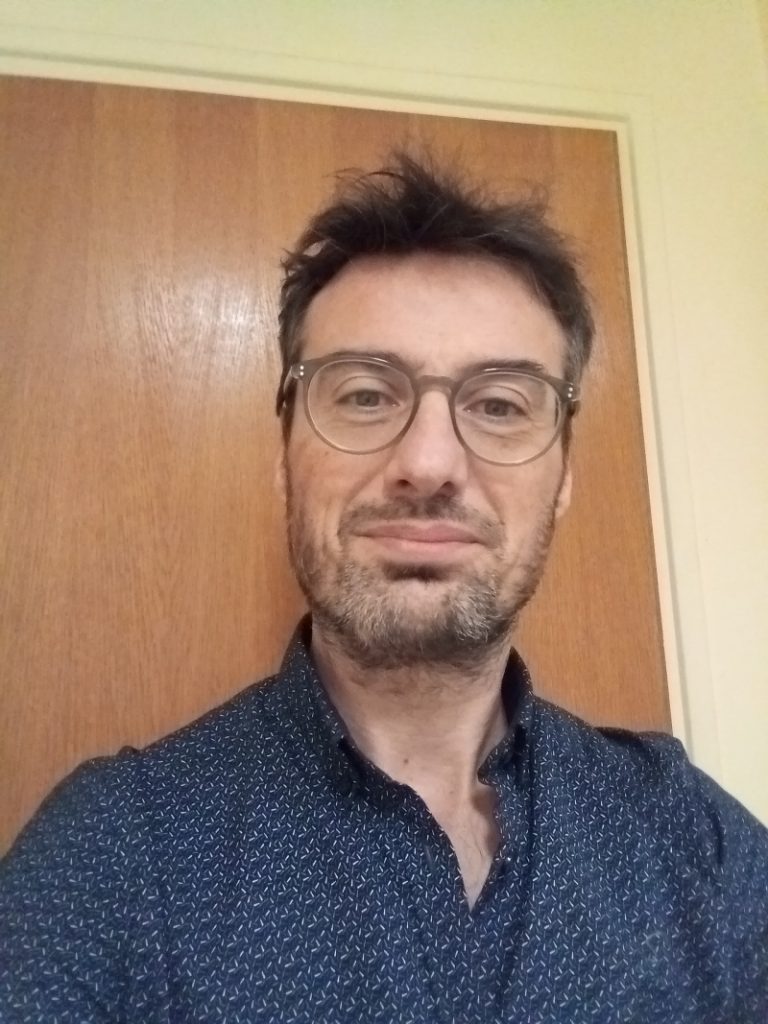
Fabrice Gaillard is CNRS research director at the ISTO (Institute of Earth Sciences at Orléans). He is an experimental geochemist and geophysicist with a consolidated background in petrology and chemical thermodynamics. He is best known for his contributions to the understanding of volatile elements in magmatic systems with implications for the mantle and crust geodynamics, but he also contributed to model mantle degassing and its relationships with atmospheric evolution on Earth and beyond.
VICE-PRESIDENT Hélène BUREAU
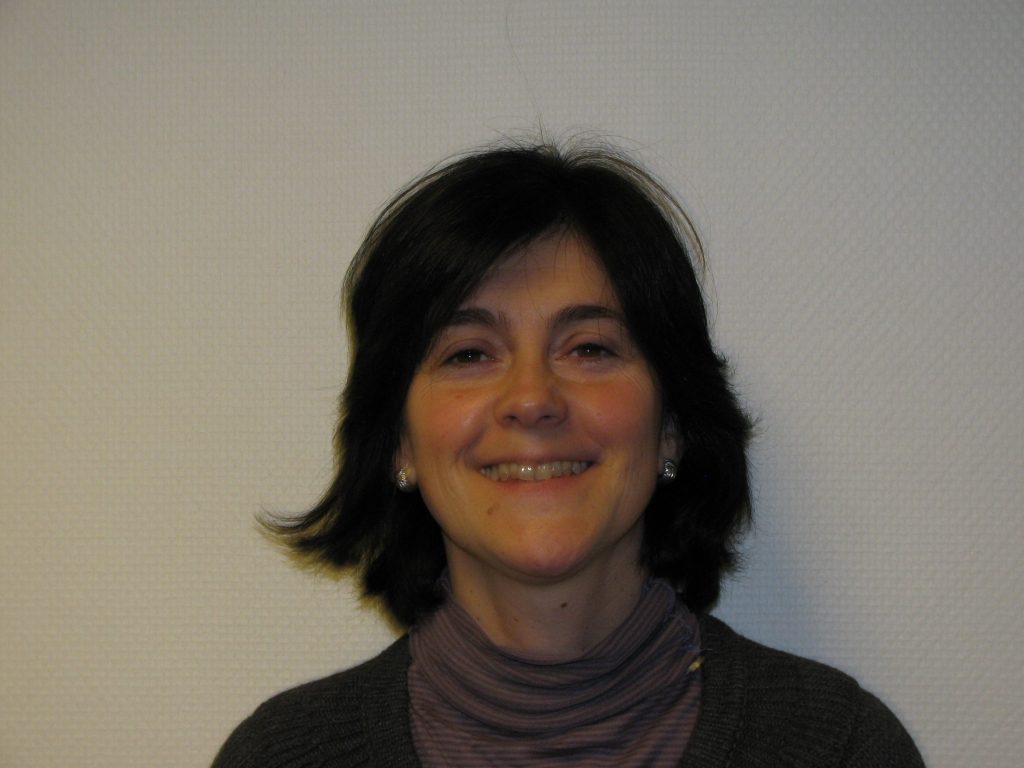
Hélène BUREAU is a CNRS research director at the Institut de Minéralogie de Physique des Matériaux et de Cosmochimie (Sorbonne University, Paris). Her work focuses on the fate of volatile elements (hydrogen, carbon, halogens, etc.) in the Earth’s interior: cycles and transfers, storage and origin. She uses high-pressure and high-temperature experiments combined with in situ characterization (synchrotron radiation), micro-analysis methods using ion beams (ERDA, PIXE, RBS, NRA, Nano-SIMS), and comparison of experimental results with studies of natural samples. Her main theme of research concerns the conditions under which diamonds grow in the Earth’s mantle.
SECRETARY GENERAL Marc BLANCHARD
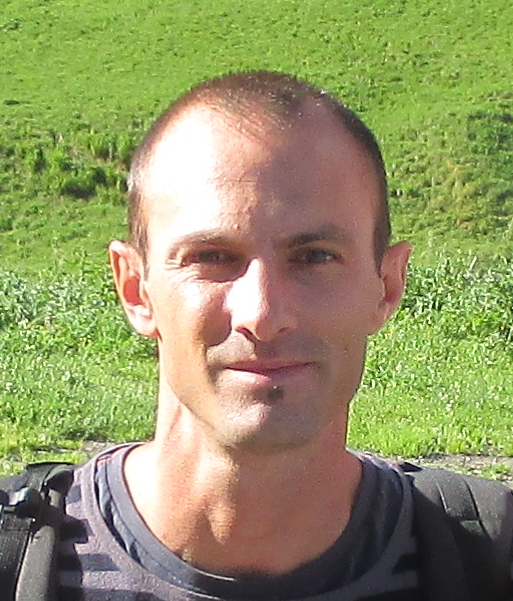
Marc BLANCHARD is Research Director at the CNRS, in the Geosciences Environment Toulouse (GET) laboratory. Using mainly molecular modelling and spectroscopic techniques, he is interested in the processes governing isotopic fractionation, in the crystal chemistry of mineral phases with environmental importance, and in the crystal chemistry of volatile elements under mantle conditions.
DEPUTY SECRETARY GENERAL Pierre LANARI
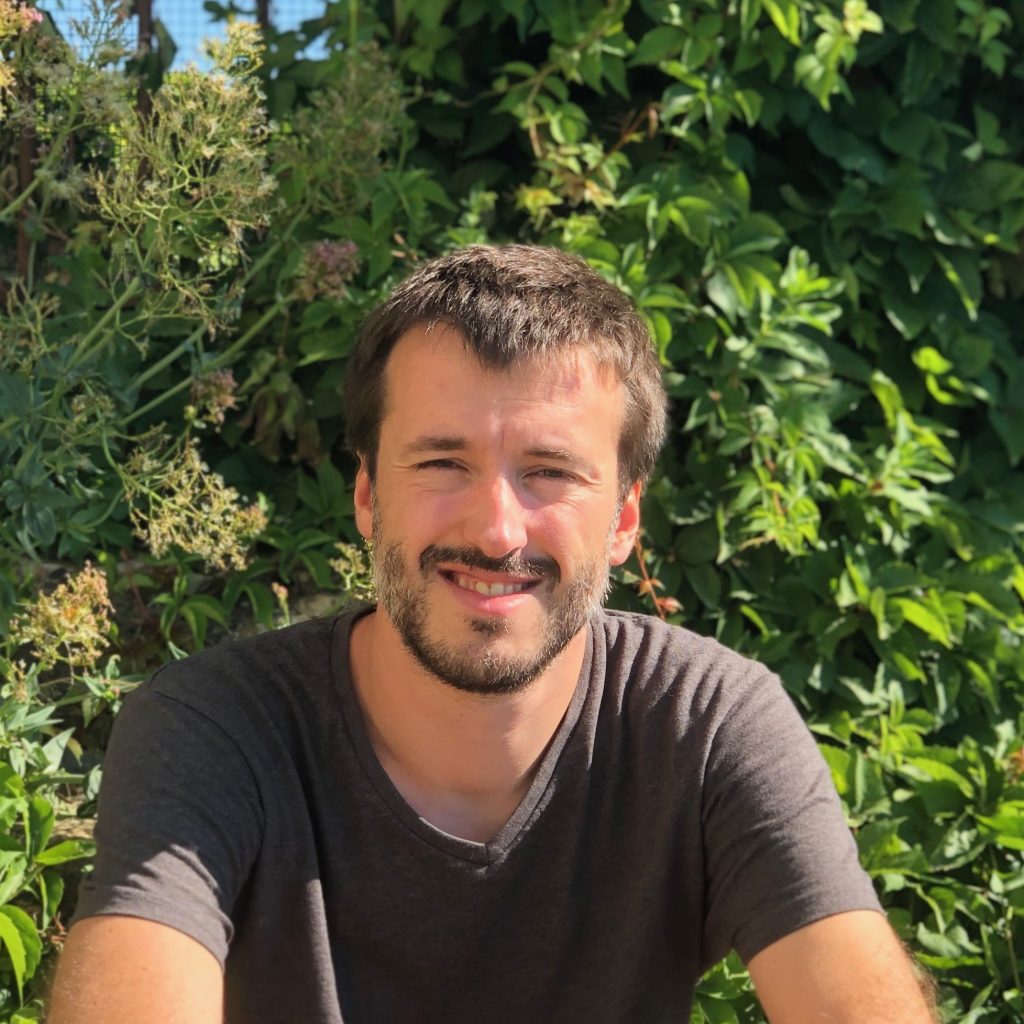
Pierre LANARI is an assistant professor at the Institute of Geological Sciences at the University of Bern, working in the field of computational petrology. He is an expert in chemical and isotopic analyses using the electron microprobe and LA-ICP-MS. He has also developed a software (XMapTools) for quantitative compositional mapping. This technique is used in conjunction with U-Th-Pb dating to constrain the crystallization rates and conditions of metamorphic paragenesis, particularly in high-pressure rocks.
TREASURER Christian CHOPIN
Christian CHOPIN is emeritus Research Director at the CNRS, Geology Laboratory of the Ecole Normale Supérieure (Paris). His main areas of interest are metamorphic and experimental petrology, phase relationships, fluid-rock interactions, and the characterization and crystallochemistry of minerals, particularly silicates and phosphates. From 2001 to 2018, he edited the SFMC journal, European Journal of Mineralogy.
DEPUTY TREASURER Benoît DUBACQ
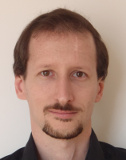
Benoît DUBACQ is a CNRS research fellow at the Paris Institute of Earth Sciences. He studies fluid-rock interactions in metamorphic rocks using thermodynamic modelling and crystallo-chemical methods to better understand the history of rocks in the lithosphere and reconstruct their pressure-temperature-time pathways. His recent research includes the trace elements distribution between fluids and minerals.
NEWSLETTER EDITOR / “ELEMENTS” CORRESPONDENT Mary-Alix KACZMAREK
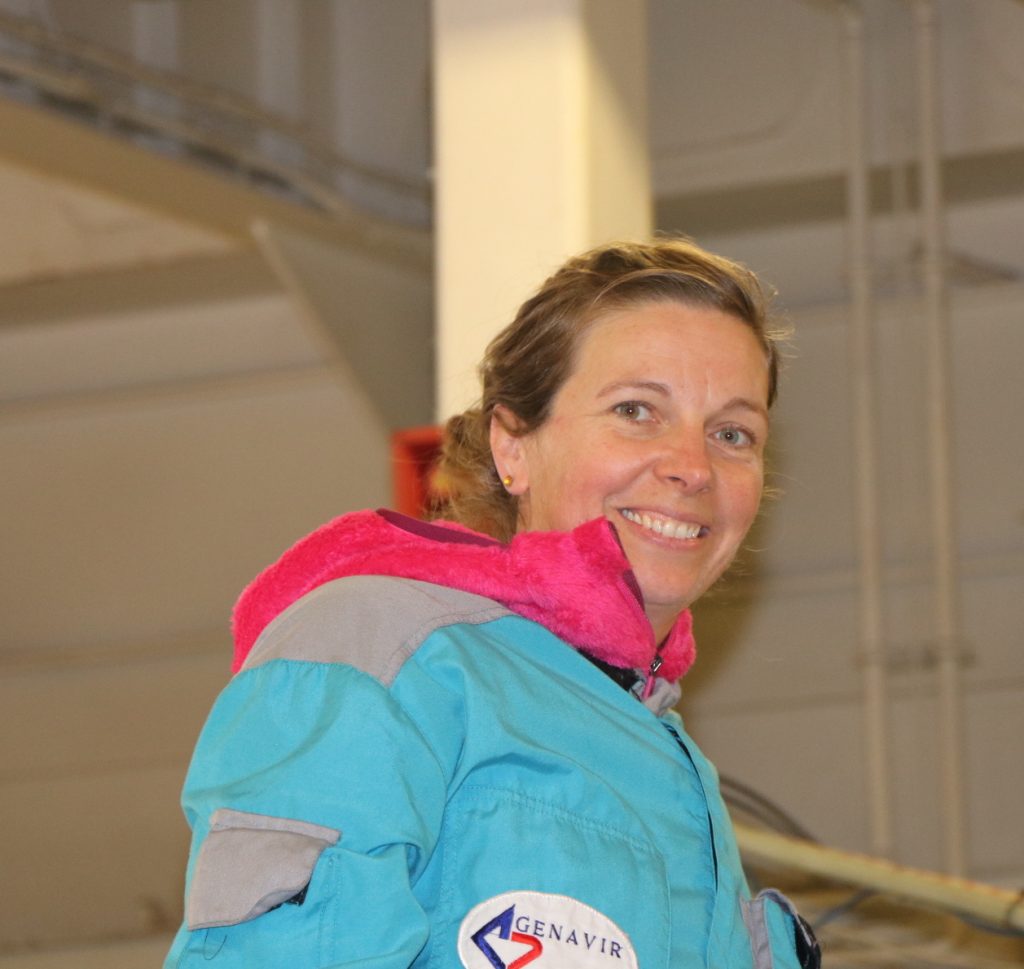
Associate professor at the Université Paul Sabatier in Toulouse and conducts her research in the Geosciences Environment Toulouse (GET) laboratory. She is a field geologist and petrologist interested in magmatic processes and the deformation of the Earth’s mantle, other planets and small bodies. Her current areas of study are oceanic crust, the formation of ocean-continent transitions, and achondrite-type meteorites. Her main analysis techniques are optical and electron microscopes, EBSD, electron microprobe, and laser coupled to an ICPMS.
COUNCILORS
2024-2027
Julie AUFORT
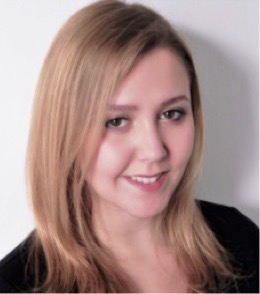
CNRS research fellow at the Institut de Minéralogie, de Physique des Matériaux, et de Cosmochimie (IMPMC). As a physical chemist, she probes matter at the atomic and molecular scales in order to determine the mechanisms at the mineral-fluid interfaces involved in various natural processes fundamental to geochemistry, such as biomineralisation, fossilisation and alteration. In particular, Julie studies nucleation and crystal growth in solution, mineral-organic interactions and the incorporation of impurities, using a combination of spectroscopic and numerical approaches.
Baptiste DEBRET
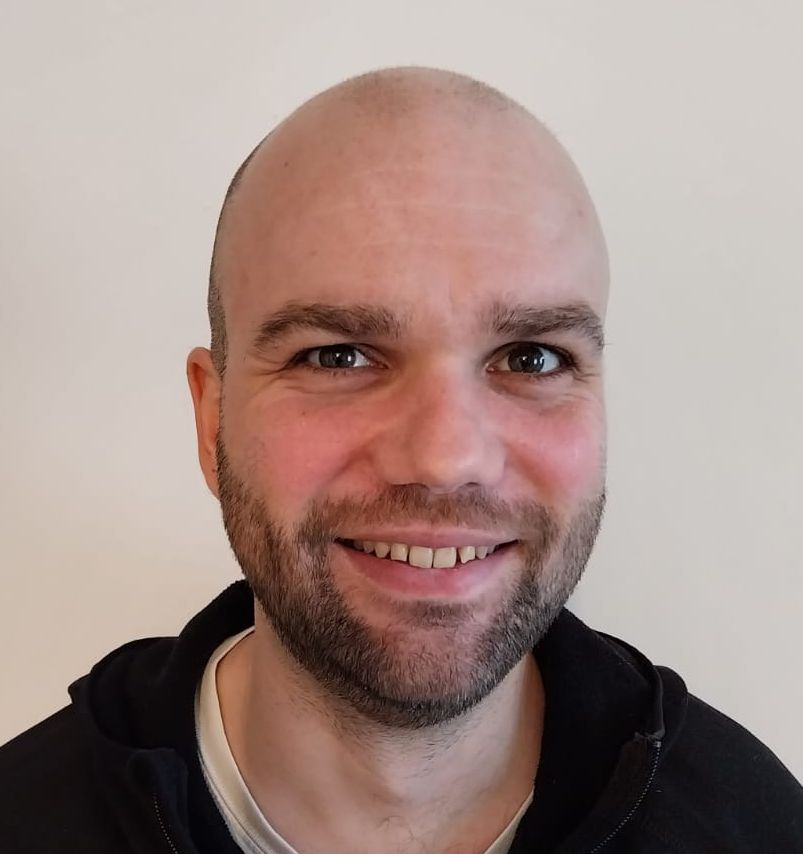
Baptiste Debret is a permanent researcher employed by the Centre National de la Recherche Scientifique (CNRS) and working at the Université de Paris Cité – Institut de Physique du Globe de Paris (IPGP). His research covers the fields of geology, metamorphic petrology and stable isotope geochemistry. He studies natural samples collected from mid-ocean ridges (e.g. the Rainbow hydrothermal site), subduction zones (e.g. the Mariana forearc) and collision zones (Alps and Himalayas) to monitor redox transfers associated with (de)serpentinisation reactions.
Anne-Céline GAREL-LAURIN
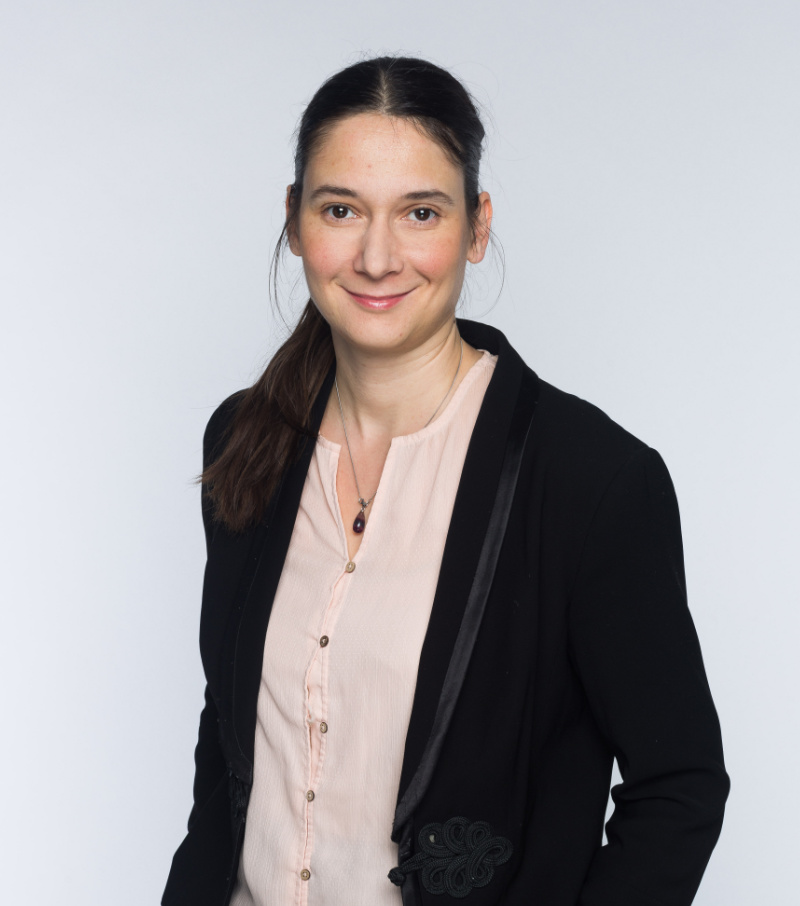
After a thesis and post-docs dedicated to fundamental research in Geology, Anne-Céline Garel-Laurin has been using her skills as a geologist-petrologist in industrial R&D for construction materials since 2019. Her favourite subjects are mineral raw materials and glass. She is currently in charge of a team of around twenty researchers and technicians.
Emilie JANOTS
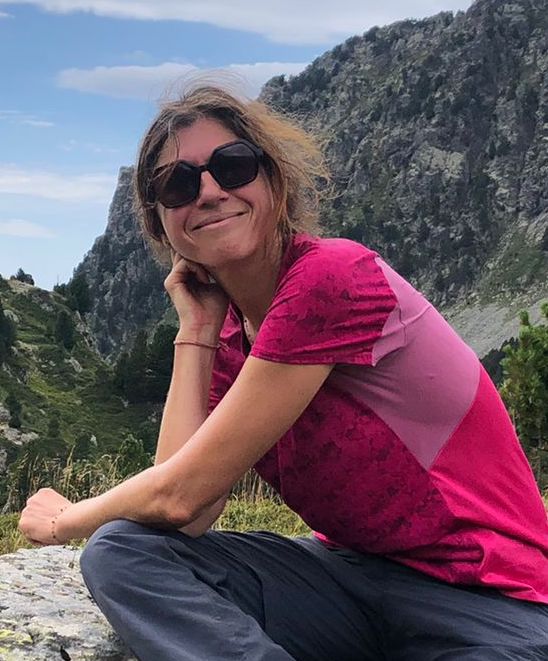
Emilie Janots is a senior lecturer in the ISTerre laboratory at Grenoble-Alpes University and co-responsible for the geological collections at the Grenoble Observatoire des Sciences de l’Univers. Her research interests include rare earth elements and critical metals, metamorphic petrology, alpine geology, geochronology and fluid/rock/deformation interactions.
Isabella PIGNATELLI

Isabella is a senior lecturer at the University of Lorraine assigned to the CRPG. She is interested in the link between the composition and structural characteristics of minerals and their formation/alteration conditions. She studies minerals found in terrestrial samples (e.g. gems) and extraterrestrial samples (meteorites). She has also worked with minerals formed in anthropogenic contexts, i.e. in the clay barriers used to store radioactive waste and in the concrete used in nuclear power stations.
2021-2024
Emilie BRUAND

Emilie Bruand is a CNRS researcher at the laboratory « Magmas et Volcans » at the University of Clermont-Ferrand (France). Her research focuses on exploiting chemical signatures locked within Rare Earth Elements- bearing minerals to help understand large-scale Earth processes and geodynamics. Over the past years, she developed new petrological tools using in-situ analytical techniques (microprobe, ionprobe, LA-(MC)-ICPMS)to unravel magmatic and metamorphic evolution across geological time. Her research interests include, crustal evolution, the early earth, high grade metamorphic rocks, igneous and metamorphic petrology, oxygen and neodymium isotopes.
Mathieu CHASSÉ
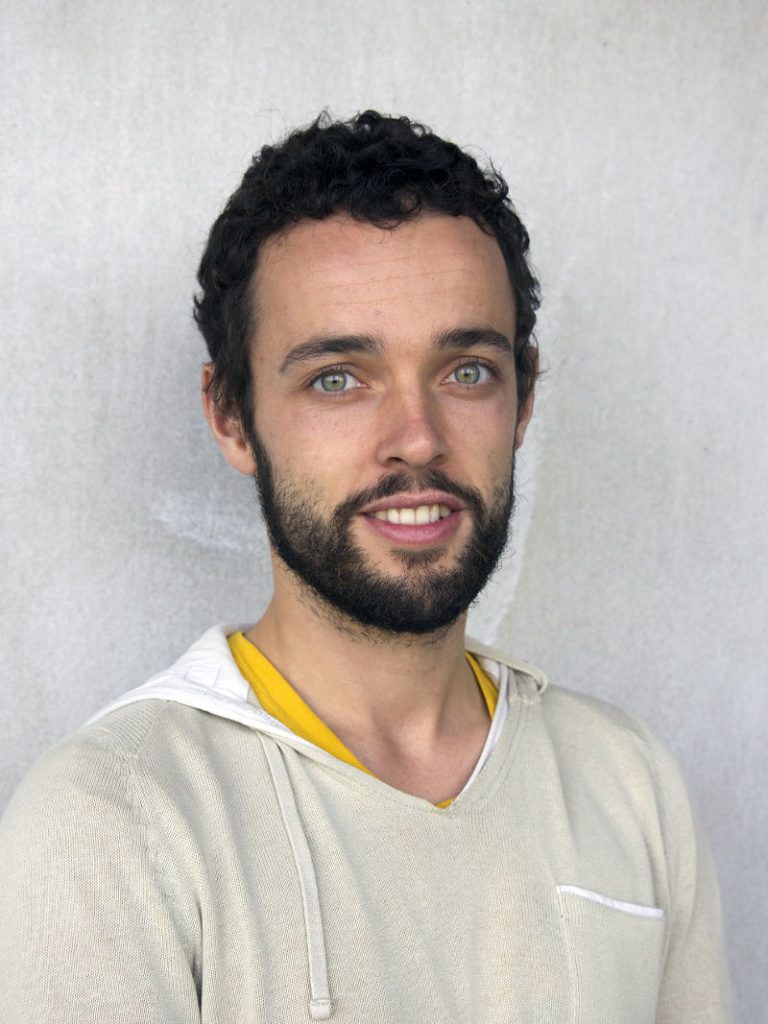
Associate professor at Sorbonne Université and at the Institut de minéralogie, de physique des matériaux et de cosmochimie. He is studying the mineralogical and geochemical processes governing the elements behaviour in the environment in order to answer diverse scientific questions : the mechanisms of rare metals concentration, the dynamics of soil organic matter and more broadly the processes forming regoliths. He is coupling multi-scale analytical techniques, from the bulk sample to the molecular scale.
Guillaume DELPECH
Benjamin MALVOISIN
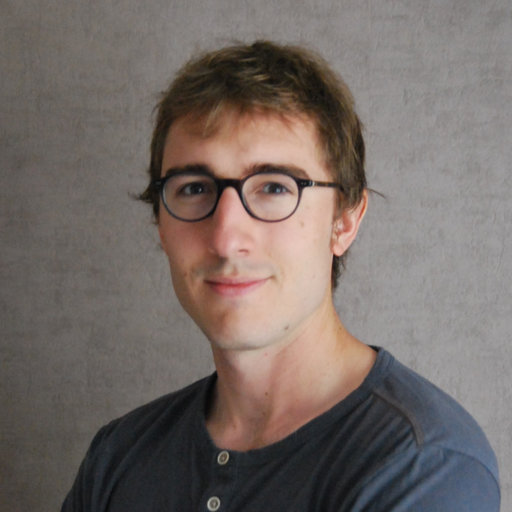
CNRS Researcher at Institute of Earth Sciences (CNRS, Grenoble). His main interests are fluid-rock interactions in hydrothermal systems (serpentinization) and in metamorphic rocks (eclogitization). He combines petrological studies with the use of experimental and numerical tools to determine the kinetics and the mineralogical processes involved in natural environments.
Jean-Marc MONTEL
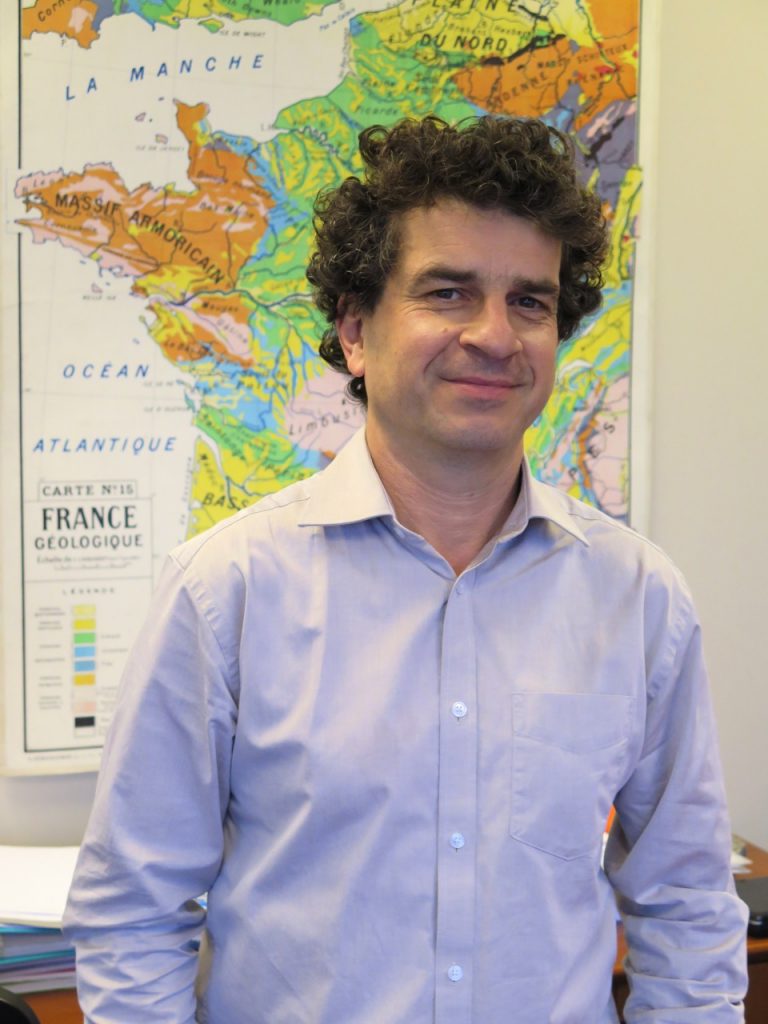
Jean-Marc MONTEL is an engineer who graduated from École nationale supérieure de géologiein 1982 and obtained a Ph.D. from the Institut national polytechnique de Lorrainein 1987 for his experimental geochemistry work supervised by Michel Pichavant and Alain Weisbrod. He worked in Clermont-Ferrand as a CNRS researcher from 1988 to 1999 at the Laboratoire Magmas et Volcansin the experimental petrology research team. His work then was focussed on partial melting of the continental crust. In 1994, he established the U-Th-Pb dating method with electron microprobe. He moved to Université Paul Sabatier of Toulouse in 1999 where he was awarded a professorship. There he mostly worked on synthesising monazite-based ceramics for long-term nuclear waste storage. He was assistant director then director of the LMTG laboratory (now Géosciences Environnement Toulouse) from 2003 to 2008. Since 2008 he is director of École nationale supérieure de géologie in Nancy.
AUDITORS
Jannick INGRIN
CNRS Research Director at LMTG at the University of Lille.
He is a specialist in experimental mineralogy, and is particularly interested in measuring the physico-chemical properties of minerals, atomic diffusion, deformation and reaction kinetics. His recent work deals with the speciation of water in the mantle’s anhydrous minerals.
Céline Rommevaux
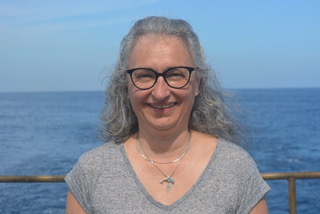
CNRS Senior Research Fellow at the Marseille Institute of Oceanology (MIO).
Geophysicist by training, specialist in Geomicrobiology, her work concerns the interaction of microorganisms with the rocks of the oceanic crust, and the influence of environmental variations on microbial structures and communities, in particular on iron-rich mats of the ocean floor . Her multidisciplinary approach combines fieldwork (oceanographic campaigns), in situ microbial colonization through instrumental developments, molecular biology, microbial ecology through Omics methods, and microscopy and spectroscopy for the characterization of biomineral phases.


